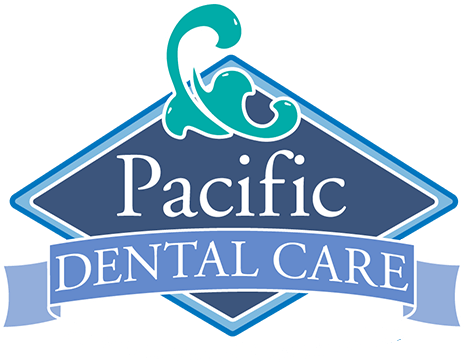A Perfectly Restored Porcelain Smile
Porcelain Onlays provide an excellent solution for teeth that need extra reinforcement without being covered entirely.
We’re going to lay it on you…
Onlays restore teeth suffering from trauma.
Teeth are the hardest substance in our bodies and they undergo a tremendous amount of stress every day. This rigid, crystal structure often develops small cracks, especially if they were filled with metal years ago. The teeth endure thousands of chewing cycles and rapid changes in temperature from food and drink. The constant stress creates expanding micro-fractures that weaken the tooth. When we consider the options to preserve even a single broken tooth, we take a conservative approach. Fortunately, modern dental materials allow us to rebuild teeth to full function while maintaining as much natural tooth structure as possible.
What is an onlay?
Onlays repair many smaller fractures and holes to bring them back to health. A custom piece of porcelain bonds into the damaged area. In this way, it "lays on" the damaged areas, while leaving the rest of the tooth intact.
What is the difference between fillings, inlays, onlays, and crowns?
There are a lot of methods to restoring a tooth, which might feel daunting when you first decide to make the healthy choice to repair your tooth. However, there are clear differences between the options available and your dentist will know which one will be best for you.
As the name suggests, fillings are meant to fill a small space on a tooth with a composite material. Fillings can usually be completed in a single dentist visit and modern technology allows the material to blend in seamlessly with the surrounding tooth.
Inlays are designed for larger cavities that a filling may be too small for. They are designed to fill in the center space between the cusps of your tooth. Inlays are a single piece of material fabricated in a lab to precisely fit that specific tooth and then cemented into place.
Onlays are also created as one single piece, but they are meant to cover a large area. Whereas inlays are meant to fill in the center of the top of the tooth, onlays can cover the cusps of the tooth. Onlays allow for the unbroken portions of a tooth to be left uncut, and they can be used to cover the top of the tooth completely, if necessary.
Finally, crowns are reserved for more serious problems. They are designed to rebuild the tooth by covering the entire tooth above the gum line.
No matter which treatment your dentist recommends, the decay will be removed from your tooth to prevent it from spreading further.
Onlays are great for…
Function.
Cracks in your teeth can cause pain and make it difficult to eat.
Breaks.
Onlays cover a larger area to save your tooth after breaks or decay.
Prevention.
Onlays can save a tooth with a weak structure, helping prevent more extensive treatments later.
A Perfectly Restored Porcelain Smile
Contact us to discuss your options for tooth breaks today.

